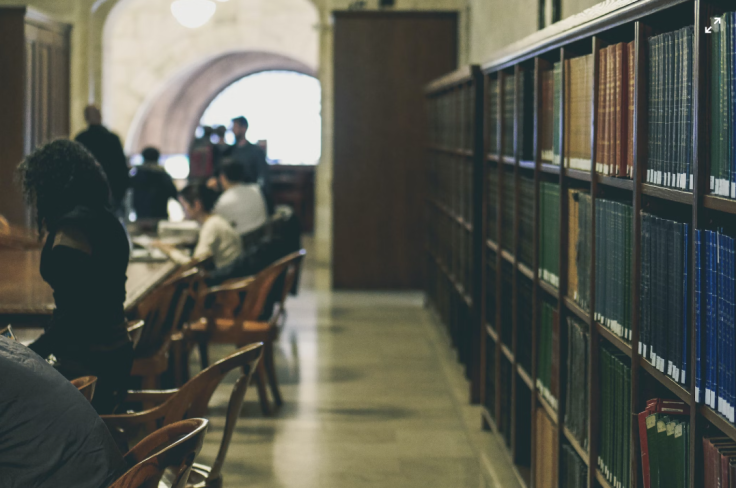State Legislatures' Higher Ed Agenda: Exploring Economic Shifts, Cultural Debates, and Student Loan Dynamics
ByAs state legislatures convene for their upcoming sessions, a diverse array of higher education issues takes center stage.
From economic and workforce development to college costs, funding concerns, and contentious topics like diversity, equity, inclusion (DEI), free speech, and hate speech, lawmakers are poised to navigate a complex tapestry of challenges and opportunities.

Convergence of Key Issues: A State-by-State Challenge
Experts anticipate a convergence of higher education issues across state legislatures, each grappling with unique dynamics within the context of their governments and institutions. According to Ben Cecil, a senior education policy adviser at Third Way, the challenges faced by most states are remarkably similar, setting the stage for a dynamic legislative landscape.
Shared Concerns: Insights from a Report
A recent report from the State Higher Education Executive Officers Association (SHEEO), released on January 4, substantiates these predictions. The report, based on a survey of state higher education officials, outlines their top policy priorities for the new year. Common concerns include creating academic programs aligned with economic needs, ensuring adequate state funding, and delivering educational benefits commensurate with student expectations.
Economic and Workforce Development: A Persistent Priority
For the second consecutive year, economic and workforce development emerges as the foremost concern. With approximately 8.7 million unfilled jobs nationwide, states grapple with labor shortages driven by factors such as retirements, lower birth rates, and pandemic-related immigration slowdowns. The knowledge-based economy's increasing reliance on an educated workforce amplifies higher education's role in addressing these challenges.
Legislative Initiatives: Addressing Workforce Gaps
Anticipating a plethora of bills addressing labor shortages, experts foresee diverse legislative initiatives. These may range from mandated apprenticeship programs to collaborations between colleges and major corporations. Some states might even tie institutional workforce-outcome metrics to state appropriations, fostering a direct link between education and economic needs.
Free College Programs: A Growing Trend
The report reveals a notable shift with adult and nontraditional students' success entering the top 10 priorities. More states are exploring free college programs, including those designed for adults. Acknowledging the changing landscape, states recognize the importance of alternative pathways, such as short-term credentials and associate degrees, addressing critical middle-skill job shortages.
Measuring Value: The ROI Discourse
The return on investment (ROI) of degrees and certifications is likely to be a focal point of legislative discussions. Policymakers, seeking better data on the ROI of higher education, may explore state-specific metrics. Efforts to regulate ROI data, exemplified by minimum required ROI standards in states like Colorado and Texas, aim to provide students and policymakers with valuable insights.
Campus culture wars continue to spill into legislative sessions. Some states witness the introduction of bills restricting certain teachings, particularly those related to diversity, equity, and inclusion (DEI). The nuanced nature of these bills reflects a broader challenge of balancing free speech with the desire to shape educational discourse.
State Role in Student Loan Dynamics
While not explicitly covered in the SHEEO report, the role of states in student loan regulation and forgiveness emerges as a potential focus area. With the U.S. Department of Education implementing new programs and regulations, state legislators may explore targeted loan forgiveness initiatives at the state level.
As state legislatures embark on their sessions, the higher education agenda reflects a dynamic interplay of economic imperatives, cultural considerations, and policy responses to shifting student needs. The outcomes of these deliberations will undoubtedly shape the trajectory of higher education, influencing accessibility, workforce development, and the ongoing pursuit of knowledge in the years to come.
© 2025 University Herald, All rights reserved. Do not reproduce without permission.








